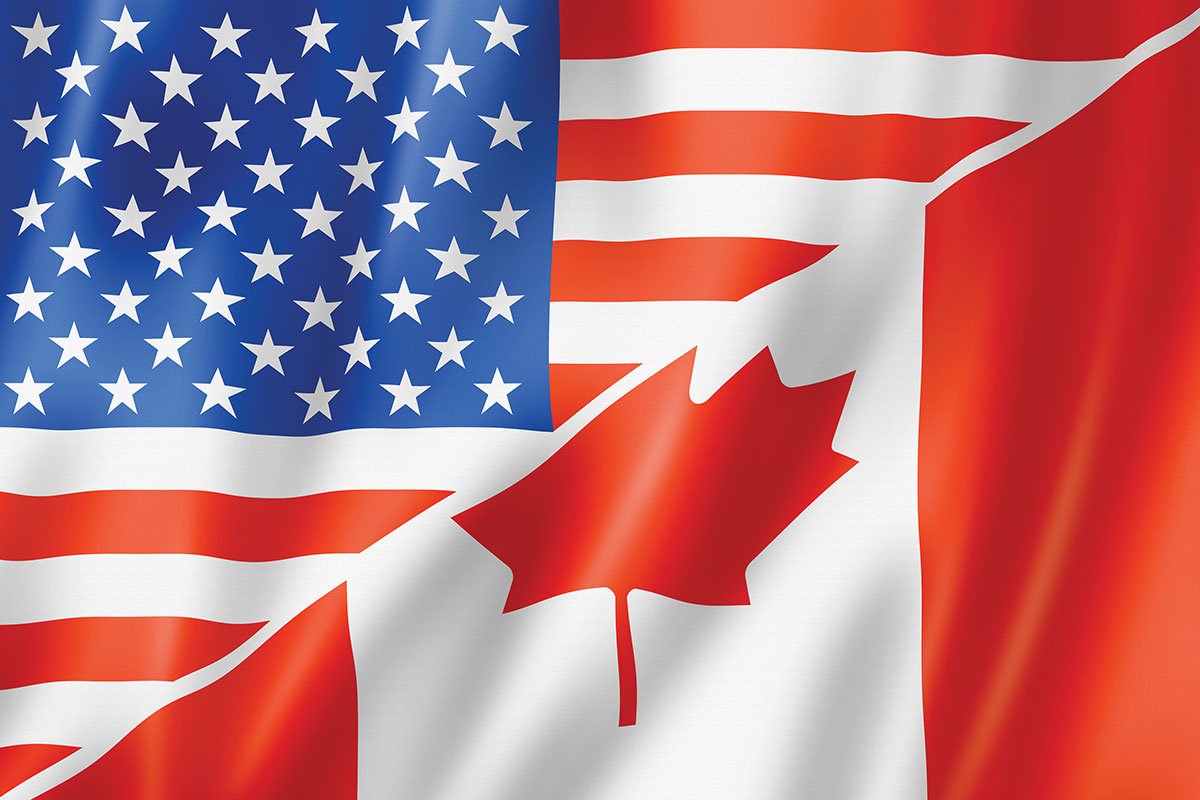Question: Listing mark
Recently, I came across a Listing Mark on an electrical power cord, which indicated that “only the Listed Power Supply Cord” was covered. We thought that marking requirements no longer applied to power cords. Can you please clarify?
Answer
The product you mentioned was probably an older power supply cord. At one time, UL did permit power supply cords for connection to electrical appliances to bear Listing Marks indicating that such cords were in compliance with UL Standards for Safety. Although the product identifier on the label indicated that the product covered by the Listing Mark applied only to the power supply cord, UL discontinued markingpower supply cords because consumers were under the mistaken impression that the Mark applied to the entire electrical appliance.
Presently, power supply cords for connection to appliances are required to be bulk packed and only the container is permitted to bear the UL Listing Mark. If an individual power supply cord is provided as a replacement, then the cord will bear the Listing Mark, which must identify the product as a “Replacement Power Supply Cord.”
Question: Fire alarm panels
Does UL require Listing Marks on fire alarm panels to be readily accessible for viewing without having to dismantle the equipment to locate them?
Answer
Section 49.1.1 of UL 864, the Standard for Safety for Control Units for Fire Signaling Systems requires control units to be plainly and permanently marked. This marking must be visible after installation and include information such as the manufacturer’s name or trademark, model number, electrical rating, type of control unit, reference to the applicable standard, type of signaling service and the correct mounting position.
The UL Listing Mark for a fire alarm panel system must be readily accessible for viewing without having to dismantle the “main unit” or remove any components inside the enclosure. Most often, the UL Listing Mark for the system can be found on the equipment label located on the door of the enclosure.
Section 1-5.1.2 of the National Fire Alarm Code (NFPA 72) requires that equipment constructed and installed in accordance with NFPA 72 be listed for the purpose for which it is used.
If you encounter a fire alarm control panel where the label cannot be seen without dismantling the unit, please contact your local UL Regulatory Service Representative and file a Field Report.
Question: Emergency generators
Is there a UL Standard for Safety for emergency generators?
Answer
UL published the first edition of UL 2200, Standard for Safety for Stationary Engine Generator Assemblies, in September 1998. These requirements cover stationary engine generator assemblies rated 600 volts or less intended for installation and use in ordinary or non-hazardous locations in accordance with the National Electrical Code (NEC); and the following standards: NFPA 37, Installation and Use of Stationary Combustion Engines and Gas Turbines; NFPA 99, Health Care Facilities; and NFPA 110, Emergency and Standby Power Systems.
Listings for stationary engine generator assemblies (FTSR) covered under UL 2200 can be accessed immediately on the UL Online Certifications Directory atwww.ul.com.
In 2001, information about stationary engine generators will appear in both the UL Building Materials and Electrical Construction Equipment Directories.
When approached to investigate flood-damaged electrical equipment to determine if equipment continues to meet safety requirements, UL investigates.
Question: Flooded equipment
Recently we experienced flooding in our area due to hurricanes. Can equipment exposed to natural disasters or other catastrophes still be considered Listed and acceptable to jurisdictional authorities?
Answer
Presence of a Listing Mark on a product is a declaration that the product was in compliance with the appropriate safety requirements when it left the factory. When approached to investigate flood-damaged electrical equipment to determine if equipment continues to meet safety requirements, UL investigates equipment on a case-by-case basis. UL takes into account many factors when providing a review to assess whether to replace or refurbish damaged equipment. Such factors include the age of the equipment, the extent of water damage, corrosion and sediment deposits found in the components.
While the ultimate decision to replace or refurbish equipment is left up to the local AHJ or building owner, UL can visit the flood site upon request to determine what can be done to repair, refurbish or replace damaged equipment.
After refurbishment and repairs have been made, the owner or AHJ may ask UL to return to the site to reevaluate the refurbished equipment.
Upon completion, UL issues a letter report covering the evaluation. A copy of the report and test results, where conducted, are provided to the AHJ for use in determining the equipment’s suitability for reconnection to the electrical supply.













Find Us on Socials